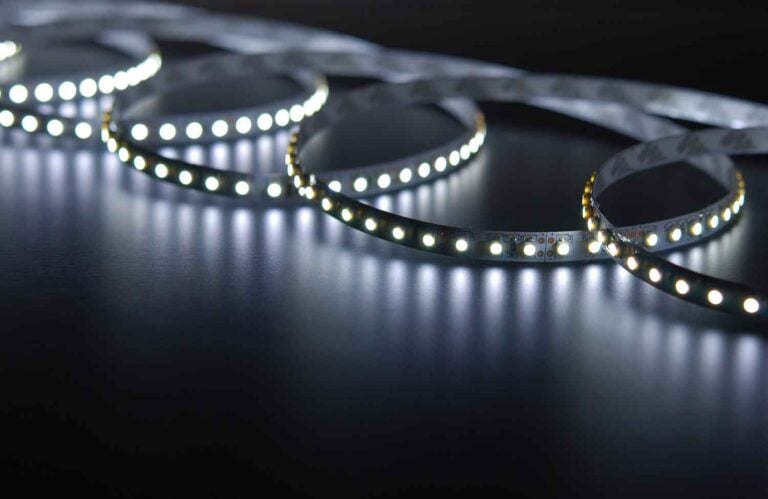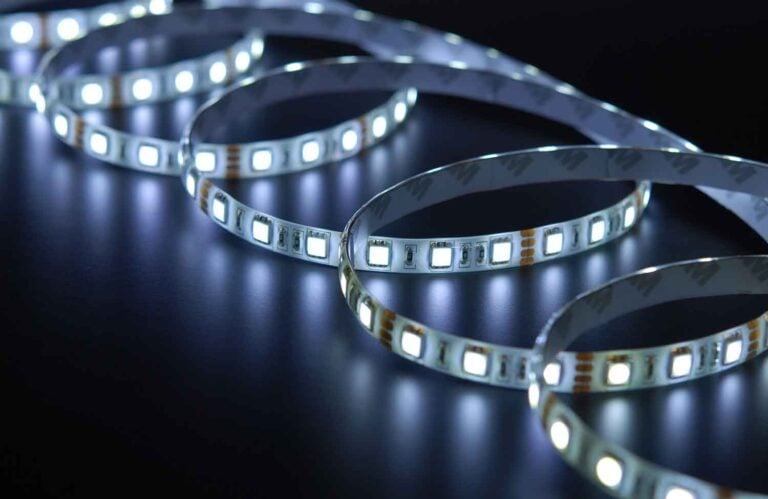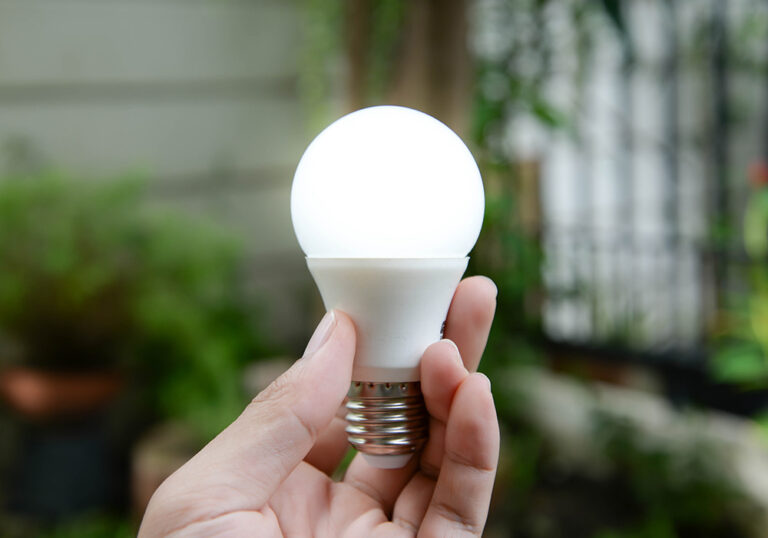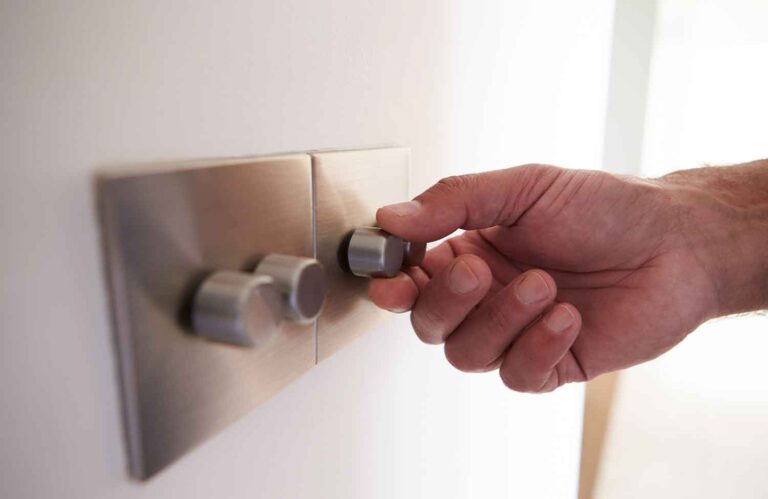Can LED Lights Be Left On 24/7?
If you’re familiar with how traditional bulbs work, you’ll already know that these bulbs are not suited for constant use. When lit, traditional bulbs like incandescent, fluorescent, and halogen bulbs generate heat, getting increasingly hotter the longer they’re left on. consequently, leaving these bulbs on for too long will likely cause them to burn out or explode. However, the same cannot be said for LEDs which produce light using a different technology to their conventional predecessors.
Technically speaking, yes, you can leave LED lights on 24/7. High-quality LED light bulbs have exceptional lifespans and contain components that can withstand constant usage. This is because, unlike traditional bulb types, LED bulbs give off very little heat during operation. With that said, you should be aware that leaving your LED lights on 24/7 isn’t necessarily the best practice; using LED bulbs constantly will cause their components to wear out faster, ultimately shortening the lifespan of the bulbs. It’s generally the best practice to switch off your LED lights any time you’re not using them.
How Long Can You Leave a Light On Safely?
How long you can leave a light on without creating a safety hazard will depend on the type of bulb. From LEDs to traditional bulbs like incandescent, fluorescent, halogen, and CFL bulbs, each uses its own technology to produce light. Because of this, there are different recommendations for each type regarding how long you can leave the bulb on safely.
Across all bulb types, safety concerns stem from the heat that the bulbs generate while the light is on. The amount of heat that a bulb produces determines its expected lifespan as well as its safe operating time. So, the hotter a bulb gets during operation, the less time you can leave the bulb lit without creating a hazard. Hotter bulbs also have shorter lifespans as they tend to burn out more quickly.
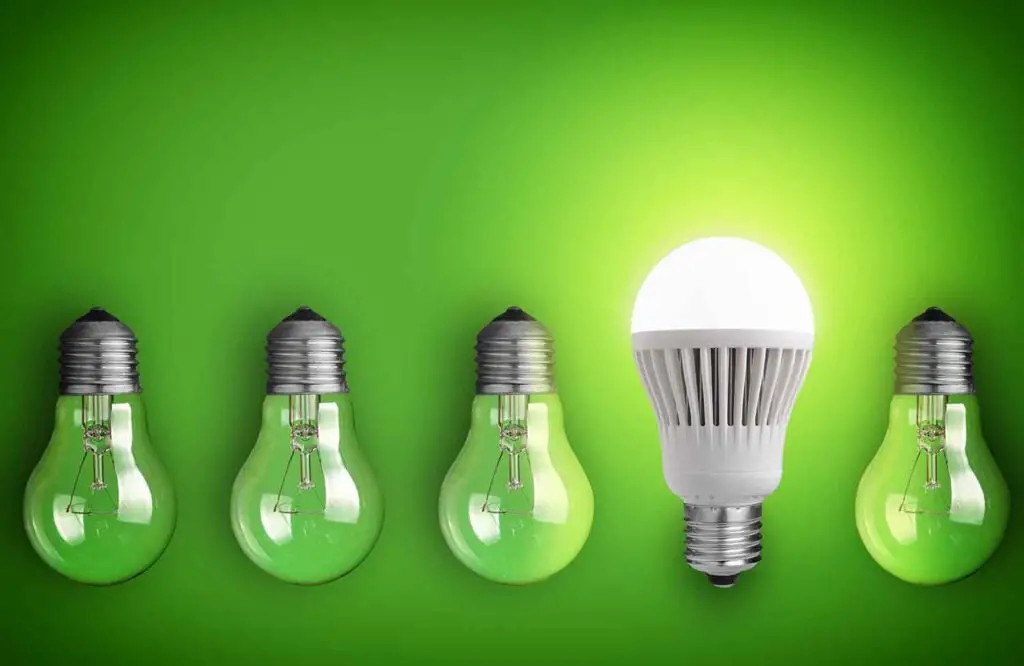
For instance, incandescent bulbs light up using a heated wire filament that heats up to the point of glowing. Halogen bulbs use a similar technology, but also incorporate halogen gas to enhance the brightness of the filament. Fluorescent bulbs produce light using fluorescent gas that the bulb sparks to light up. Using gas and filaments, all of these traditional bulb types typically generate a substantial amount of heat during use. LED bulbs instead use modern technology, involving ‘light emitting diodes’ controlled by a series of microchips and drivers. This updated technology means that LEDs give off minimal heat during use.
Lifespan and Safe Run Time of Different Bulb Types
We have summarised the typical lifespans and safe run times of different bulb types in the table below.
| Bulb Type | Typical Lifespan of Bulb | When to Turn the Bulb Off |
| LED Bulbs | 35,000 to 50,000 hours | Can leave on constantly |
| CFL Bulbs | 35,000 to 50,000 hours | Turn off when leaving room for more than 15 minutes |
| Fluorescent Bulbs | 24,000 to 36,000 hours | Turn off when leaving room for more than 15 minutes |
| Halogen Bulbs | 2,000 to 4,000 hours | Turn off when not in use |
| Incandescent Bulbs | 750 to 2,000 hours | Turn off when not in use |
As the table shows, it generally isn’t safe to leave on lights with traditional bulbs for prolonged periods of time. These bulbs generate a lot of heat and are therefore more susceptible to overheating, creating a safety or fire hazard. General recommendations for these types of bulbs are to switch them off when usage isn’t necessary.
LED bulbs, on the other hand, are capable of running constantly without creating a hazard as they generate little heat. They also offer some of the longest lifespans relative to other bulbs; you can use an LED bulb for up to 50,000 hours before it starts to dim and die out.
Can LED Lights Be Left On 24/7?
In theory, yes, you can leave LED lights on 24/7. As we’ve already explained, LED light bulbs give off little heat during operation; it’s therefore possible to leave LED lights on constantly without the risk of the lights overheating due to prolonged usage. However, the constant use of your LED lights won’t be entirely without its consequences.
The first issue with leaving LED lights on 24/7 is that doing so will wear out the bulbs more quickly. Like all electrical objects and appliances, LED bulbs will inevitably degrade with use. The electrical current that flows through the bulbs will gradually wear down their components, causing the bulb to dim. The number of hours that an LED bulb can run for before dimming is what’s known as the bulb’s lifespan.
On average, LED bulbs can come with a lifespan of up to 50,000 hours. If you use one of these bulbs for 12 hours daily, it should last roughly 11 years before dimming. Longer periods of use will shorten this lifespan; e.g., running the bulb for 16 hours a day would cause it to dim sooner, after about 8 years of use. Leaving LED lights on 24/7 shortens this lifespan even further to just 5 years. So, if you use your LED lights constantly, you’ll have to replace the bulbs twice as often.
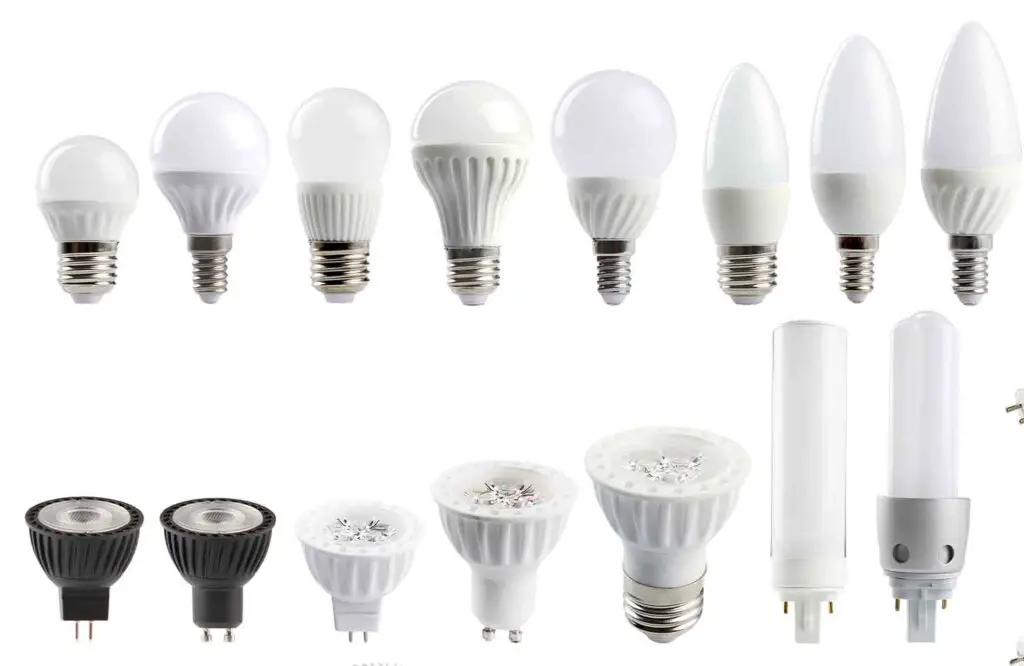
Another concern with leaving LED lights on 24/7 is the energy wastage this could incur. If you aren’t using the bulbs, powering them constantly is an unnecessary waste of energy. You’ll only be contributing to the negative environmental impact of your home’s energy usage; this will also cost you more when it comes to paying your energy bills. Keeping your lighting usage to a minimum is the only way to avoid these issues.
Can You Leave LED Lights on Overnight?
Again, while it is possible to leave LED lights on overnight, it isn’t the best idea to do so. Leaving LED lights on overnight won’t create a safety hazard as they can be used for any length of time. However, there are a couple of reasons why you shouldn’t do this; not only is it a waste of energy, but it can also impact the quality of your sleep.
Research shows that exposure to LED lights at night can impact your brain’s melatonin production and natural sleep-wake cycle; it may take longer for you to fall asleep, stay asleep, or may prevent you from sleeping at all. To avoid these issues, it’s recommended that you stop using your LED lights at least an hour before bedtime. If you must leave your LED lights on overnight, set them to the lowest brightness possible to minimise their impact on your sleep.
How Long Can You Leave LED Strip Lights On?
You can leave LED strip lights on 24/7 providing they are of good quality. Well-manufactured LED strip lights are perfectly safe to leave on for prolonged periods of time. The same cannot be said for cheap, poor-quality LED strip lights.
LED strip lights are a popular type of LED lighting fixture. As they produce little heat, strip lights are an ideal choice for small, tight spaces, e.g. beneath kitchen counters. You should have no problem using LED strip lights for any amount of time if you choose a high-quality fixture from a reputable brand. Even so, to ensure they’re totally safe for extended use, you should first stress test the lights.
Cheaper LED strip lights instead pose a higher potential safety risk under prolonged usage. The cheaper the fixture, the lower quality it will be; cheap LED strip lights are often overvolted, undercooled, and poorly wired. Due to this poor manufacturing, it’s more likely for the strip lights to malfunction from extended periods of use. Although high-quality strip lights cost more money, they’re much safer and more durable against heavy usage. High-quality LED strip lights will come with a warranty reflecting the involvement of safe, genuine components in the fixture.
How Do You Use LED Light Bulbs Most Efficiently?
Follow these tips to use your LED light bulbs most efficiently:
- Use dimmable LED bulbs with the appropriate corresponding dimmer switches. This will allow you to adjust the brightness of your LEDs depending on the situation. When maximum brightness isn’t necessary, you can dim your LEDs, thus reducing the amount of energy they consume.
- If possible, use natural light during the day instead of your LED lights. You should reserve the use of your LED lighting for low-light conditions or nighttime periods only.
- Consider installing a motion sensor into your LED lighting system. This way, the lights will only switch on when someone is present to use them.
- Ensure that you use ‘enclosed-rated’ LED bulbs in enclosed fixtures. Using regular LEDs in these fixtures will cause the bulbs to wear down and burn out before their expected lifespan.

